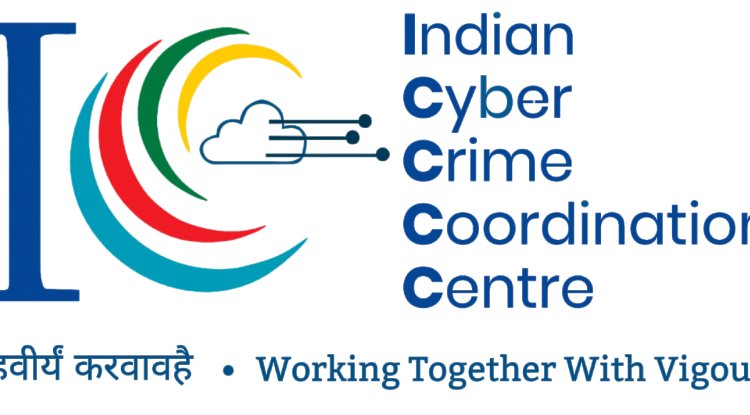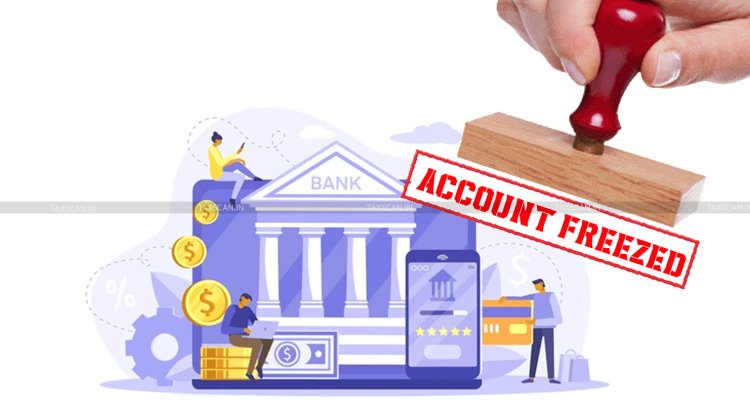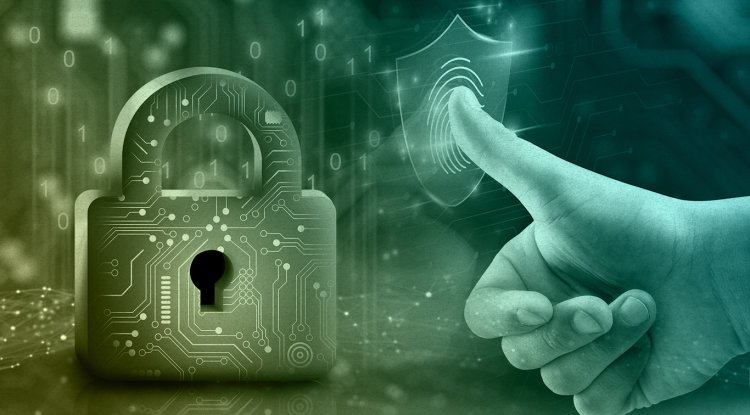Experts Warn That Clicking "Unsubscribe" Could Cost You More Than Spam
Clicking "unsubscribe" to clear your Gmail inbox may seem like good digital hygiene, but it could potentially let sophisticated frauds get access to your account. In order to find active users, collect login credentials, and spread malware, cybercriminals are taking use of unsubscribe links. Experts recommend being vigilant over being convenient in an era of inbox overload.

Clicking "unsubscribe" to clear your Gmail inbox may seem like good digital hygiene, but it could potentially let sophisticated frauds get access to your account. In order to find active users, collect login credentials, and spread malware, cybercriminals are taking use of unsubscribe links. Experts recommend being vigilant over being convenient in an era of inbox overload.
A Click Too Far: The Unspoken Risks Awaiting You When You Click "Unsubscribe"
The unsubscribe button is a welcome relief in a world full with newsletters, promotional emails, and endless deals. It's like a digital broom clearing out the clutter in your inbox. However, cybersecurity professionals are warning that that innocuous click might be the start of a major security catastrophe.
Greetings from the Gmail Unsubscribe Scam, a cunning phishing scheme that takes advantage of your desire to keep your computer clean. In order to verify that your email is still active—a tiny but crucial piece of information in the cybercrime marketplace—fraudsters include "unsubscribe" links in malicious emails, not to assist you. Once verified as active, your address may be targeted for malware distribution, sold to spam rings, or used in spear-phishing attempts. If these links take you to phishing websites, ask you to "confirm your email," or ask you to enter your password, the risk increases. The scam's effectiveness stems from its simplicity.
A startling statistic given the billions of emails received every day is that almost 1 in 644 unsubscribe buttons take users to a malicious website, according to cybersecurity firm DNSFilter.
How the Scam Operates: From Validation to Exploitation
The collecting of email addresses is the basis of the fraud. Scammers can determine whether an account is in active use by tracking who clicked on unsubscribe buttons that include code. After that, these addresses are classified as "valid," turning them into valuable assets in black markets.
However, it doesn't end there. Numerous fraudulent unsubscribe pages mimic authentic forms, requesting users to:
To "verify" their identity, enter their credentials.
Download a malware-infected confirmation file.
Permitting browser notifications might lead to persistent phishing advertisements.
This reflects a larger pattern in which con artists combine technical deception with psychological manipulation. Seeing an unsubscribe button makes users who are used to clearing out their email feel both relieved and pressed for time. It's a pattern of behavior that scammers carefully take advantage of.
How to Be Safe: Consider Your Actions Before Clicking
The simple maxim offered by cybersecurity companies and tech experts is, "Don't click unsubscribe unless you trust the sender." Rather, Gmail and the majority of contemporary email applications have safer methods for handling unsolicited emails:
Use native "List-Unsubscribe": Gmail frequently places a secure opt-out button at the top of marketing emails that links to reputable email services like Constant Contact or Mailchimp.
Mark spam: By doing this, Gmail's AI is trained to filter messages from senders without requiring any input from you.
Make use of masked or aliased emails: Your primary address is protected from being captured by services like ProtonMail's aliases and Apple's "Hide My Email."
Examine the domain of the email sender: Red flags include misspellings, odd addresses, and linked URLs without HTTPS security.
Email filtering rules and sandboxing tools can provide additional layers of protection for those who are in charge of many accounts or corporate emails. Importantly, unless otherwise confirmed, never enter personal information on pages that are linked via emails.
A powerful reminder of how commonplace routines can be used as weapons in the digital era is the Gmail unsubscribe hoax. It capitalizes on everyone's need for order rather than on ignorance or greed. Scammers become more sophisticated as inboxes do. It will take greater knowledge in addition to improved tools to navigate this arms race. Your entire digital life could be jeopardized, yet the unsubscribe button might clear your inbox.
Follow cyberdeepakyadav.com on
Facebook, Twitter, LinkedIn, Instagram, and YouTube
What's Your Reaction?






















